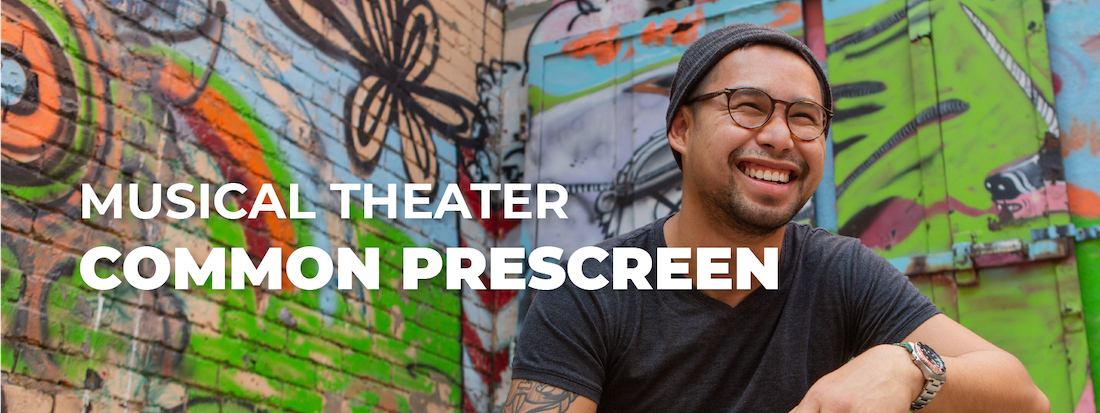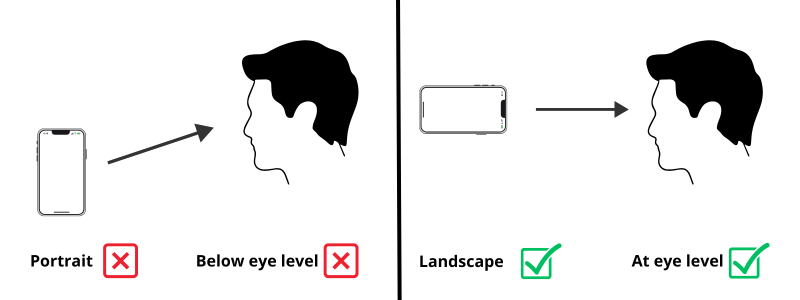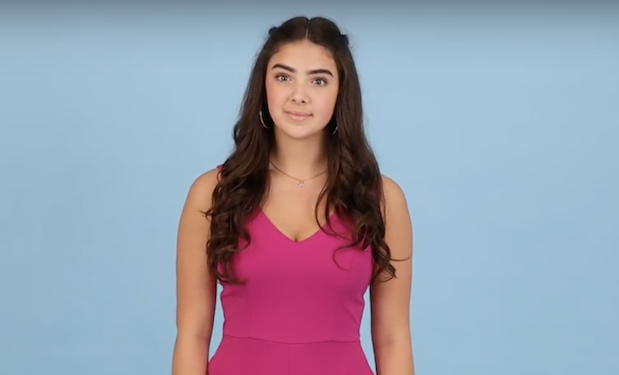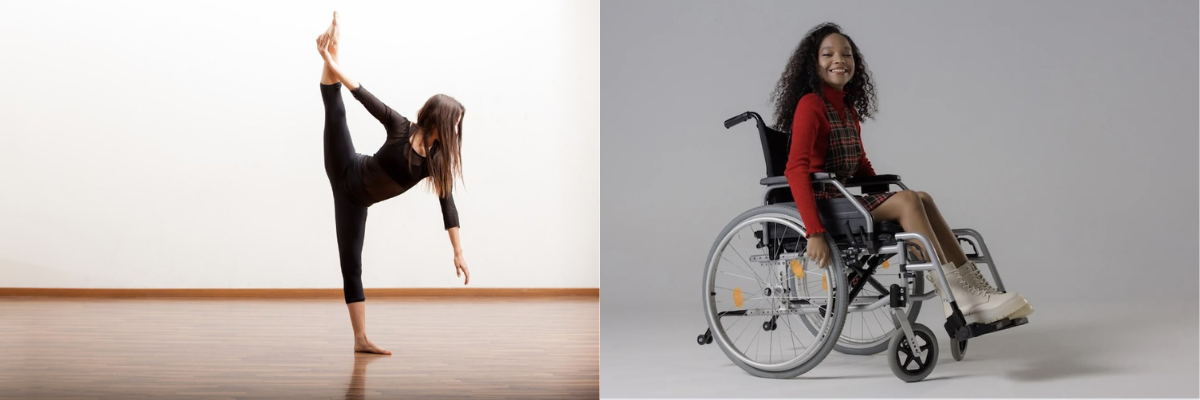Who We Serve
Resources

2025-26 Musical Theater Common Prescreen Criteria
2025-2026 Participating Institutions
2025-2026 MTCP Requirements & Guidelines
Musical Theater Common Prescreen FAQs for Institutions
2025-2026 Participating Institutions
CLICK HERE to view a downloadable spreadsheet of all participating institutions and their requirements.
List is updated weekly. To be added as a participating institution, email us at mtcp@getacceptd.com for a registration form.
Always confirm requirements by visiting the links provided by the institutions on the spreadsheet. Be sure to review the school website for specifics on how the MTCP is utilized at each institution.
General Information and Tips
Each piece should be filmed/uploaded as a separate piece of media. No continuous videos.
Students are encouraged to use standard technology/recording devices available to them (i.e. smartphones, tablets, etc.)
Solid-colored walls are ideal, but any background that does not steal the focus from your performance is desired.
Take care that your space allows for adequate lighting. Having a lamp or window directly behind you will cast a shadow over your face. Keep the lighting source behind your recording device or to the side of you so that your face is lit.
When using pre-recorded music, place the music source (the speaker) closer to you than it is to the device on which you are recording. By having the accompaniment near you, your voice and music will reach the microphone on your device in a more balanced manner.
Before filming, do a trial run to test both your audio & visual presentation. Watch your video back to ensure everything looks AND sounds okay.
Ensure the camera portion of your device is at eye level (see example). You can use a tripod built for a smartphone or tablet. If you do not have a tripod, consider using a stack of books on a desk or box. Filming in “landscape” (horizontally) is recommended.

Prescreen Introduction "SLATE" Video
Record one introduction "slate" video stating your name. If you would like to include your pronouns, state them as well. Please speak loudly (project your voice) and clearly (articulate) directly at the camera. This is an opportunity for the auditors to get a sense of your personality and to learn the pronunciation of your name.
There is no need to slate your individual performance videos & pieces. Instead, clearly label each video with your name and the title of the piece you are performing (see more details below).
This slate video should be no longer than 10 seconds.
Labeling Guidelines for All Videos
Label each video file with the piece you are performing, the show or playwright, and your first & last name.
Title of Song – Musical/Show – Your First & Last Name
Title of Play – Playwright – Your First & Last Name
Examples:
Slate – Idina Menzel
Your Daddy’s Son – Ragtime – Audra McDonald
Much Ado About Nothing – William Shakespeare – Ramin Karimloo
Time Guidelines for All Performance Videos
All song, monologue, dance, ballet, and wild card videos are recommended to be between 60-90 seconds each.
Framing for Slates, Songs, and Monologues
Camera framing is simply the placement and position of the actor in the shot. We recommend a waist up frame so we can see your face and hear you clearly.

Framing for Dance and Ballet
We recommend a setup that allows us to see the top of your head to the floor.
We want to see the whole body through the entire dance. When framing your dance selection, watch the video back before your submission to ensure that you've stayed in frame, and that the camera isn't too far away to see details in movement.
Framing for Dance Tip
If it is helpful for you to see yourself, place a full-length mirror behind the filming device and remember that the camera is your audience.

Song Requirements
Option A
One song written before 1970 (musical theater, Golden Age, pop, hip-hop, folk, rock, rap, soul, country, punk, etc.).
One song written after 1970 (musical theater, pop, hip-hop, folk, rock, rap, soul, country, punk, etc.). This song should contrast the style of the first selection.
Option B
One musical theater song from any time period.
One song of your choice from any time period and in any style that best suits you (musical theater, pop, hip-hop, folk, rock, rap, soul, country, punk, etc.). This song should contrast the style of the first selection.
Option C
School leaves it up to the applicant to select either OPTION A or OPTION B, whichever they feel serves them best.
Song Tips
Some examples of contrasting songs are fast tempo vs slow tempo, sustained melodic singing vs speech-like singing, dramatic vs comedic, belt vs head/falsetto mix.
Many accompaniment tracks are available on YouTube and other websites. If you do not have a way to work with a live accompanist or don’t have access to a recorded track of your music, consider using an app that will play the piano part for you. Harmony Helper is one such app that allows you to take photos of your sheet music, upload them to the app and then generate a piano track that you can use.
Monologue Requirements
Option A
One monologue from a published play or written by a professional writer. (A professional writer is someone whose plays have been produced, but may not have been professionally published.)
Option B
One contemporary monologue (typically written after 1950) from a published play or written by a professional writer. (A professional writer is someone whose plays have been produced, but may not have been professionally published.)
AND
One classical monologue (typically written before 1950) from a published play or written by a professional writer. Classical monologues should have heightened language. (Heightened language often has poetic elements as found in Shakespeare. However, it may also include Molière, Christopher Marlowe, Thomas Middleton, Thomas Kyd, Aristophanes, August Wilson, Tony Kushner, Suzan-Lori Parks, Mike Bartlett, George the Poet, Andrea Gibson, or contemporary adaptations of classical plays that still utilize heightened language.)
Option C
No monologue required.
Monologue Tips
It is recommended to choose monologues that are age-appropriate (generally within 5-10 years of your actual age) and that feel authentic to your culture, background, and lived experience.
Active monologues are often better for auditions; an active monologue takes place in real time and focuses on what you want and puts you in direct communication with an imaginary scene partner. This is often more successful in an audition situation than pieces that are a story or remembrance. Additionally, it can be helpful to avoid monologues that rely on extreme emotions as it can be hard to believably justify those responses in a short piece.
Dance Requirements
Option A
Show us your best version of dancing or moving. Please include at least one turn, one jump and one kick (or other suitable rotation, elevation, and extension that works for your body).
Option B
Show us your best version of dancing or moving.
Option C
No dance required.
Dance Tips
Make sure you can execute all the choreography well. It is to your advantage to choose steps and movement that highlight your strengths instead of your areas of improvement.
You may use recent videos of you from a show or concert, but it must just be you in the frame.
Dance sample should be in whatever dance discipline you feel most confident. This may include, but is not limited to jazz, ballet, tap, modern, hip hop, lyrical, contemporary, or dance styles beyond American and Euro-western styles.
Dance media can be “self-choreographed”, but it must be a solo video of you. This can include a show, competition, or other performance so long as you are clearly featured on your own.
Please use steps, movement, and physical vocabulary that you are familiar with and can execute well. Fully move your body to the best of your ability.
To assist applicants with the dance prescreen, several institutions have provided the following resource videos for applicants who do not have access to a choreographed combo for the prescreen process. You may submit this choreography (or a combination of it) to any of the schools you are applying to that ask for a dance prescreen. This list will be updated as more institutions share resources, so be sure to check back.
Ballet Requirements
Option A
Show us your best version of ballet. Please include a brief series of plié, tendu, and grande battement, a pirouette en déhors (to both sides), and one or more grand jeté across the floor.
Option B
Ballet optional.
Option C
No ballet required.
Optional Wild Card Video
Think about the wild card section as an opportunity to show your personality or share something about you. This media can be ANYTHING you want - a special skill, an interesting story about yourself, a passion speech, an instrument you play, etc. “What do you want us to know about you?”
Below is a list of ideas that have been successful in the past:
Singing or playing an original composition/song/poem or choreographed dance.
Performing your own Saturday Night Live-styled skit where you create a comedic character
Sharing a hobby or activity that means something to you
Performing in a language other than English in which you are fluent
Playing an instrument
Making a “how-to” video on something you are good at, baking, calligraphy, gymnastics.
If you are a dancer and want to show us a different style you excel in: Tap, Hip Hop, Lyrical, Ballet, etc.
Frequently Asked Questions for Institutions
What is the Musical Theater Common Prescreen?
The Musical Theater Common Prescreen is an agreed upon set of criteria used for the videos that are required as part of the application process to musical theater programs. These institutions settled on given guidelines to initiate a streamlined process for both applicants and schools as well as to promote inclusivity in the admittance process.
Who can participate?
Any institution that requires a digital prescreening for applicants may participate in the Musical Theater Common Prescreen. This includes universities, colleges, conservatories (domestic and international), independent schools of theater and theater education programs. Your institution will need to register your options each season so we can update our website. Email us at mtcp@getacceptd.com to receive an updated form.
Do institutions need to utilize an online media platform such as Acceptd or Slate to be part of this initiative?
No. Participation is voluntary and not dependent on affiliation with any organization. The Musical Theater Common Prescreen is not a centralized online platform. Instead, it is a set of guidelines applied to a program’s existing application process. Each individual institution will continue to receive applications and digital media. Wherever guidelines are listed, schools should state that they are a participant in the Musical Theater Common Prescreen and list the options they have chosen.
If a program does not use a digital prescreening process, can they be involved?
Any program may utilize the criteria for any number of screening opportunities including digital audition submissions and live auditions. Heads of Department should contact Acceptd (mtcp@getacceptd.com) so their name can be added to the master list for press and distribution and to identify how their program will be using the guidelines.
Is this Common Prescreen linked or associated to the Common App?
No. The word “common” was utilized to promote inclusivity and to reinforce that one “common” set of guidelines would be recognized amongst various musical theater training programs.
Does this take the place of or change the criteria for a live audition?
No. Schools are urged to keep their live audition criteria as specific to their individual program needs as possible. We recognize that the audition process communicates the culture of a school and believe that students can learn greatly about an institution by what is asked of them in their live audition.
What does it cost the university to participate in the Musical Theater Common Prescreen?
There is no fee to the school or to the student. Institutions will continue to set their own individual application fees.
What categories of required material does the Musical Theater Common Prescreen cover?
The MTCP Committee set criteria for “Song”, “Monologue”, “Dance, “Wild Card”, and “Slating” requirements. A resources page of “quick tips” to help applicants was added in 2020.
There are two options for each category. Do institutions have to choose just one or can we use both?
Institutions may use one option or allow the student to choose either option.
Are institutions permitted to change and tweak the verbiage in the Musical Theater Common Prescreen?
No. To be a participant, an institution must utilize verbiage verbatim. The promotion of “common” verbiage is what will create ease of process and discourage confusion and questions.